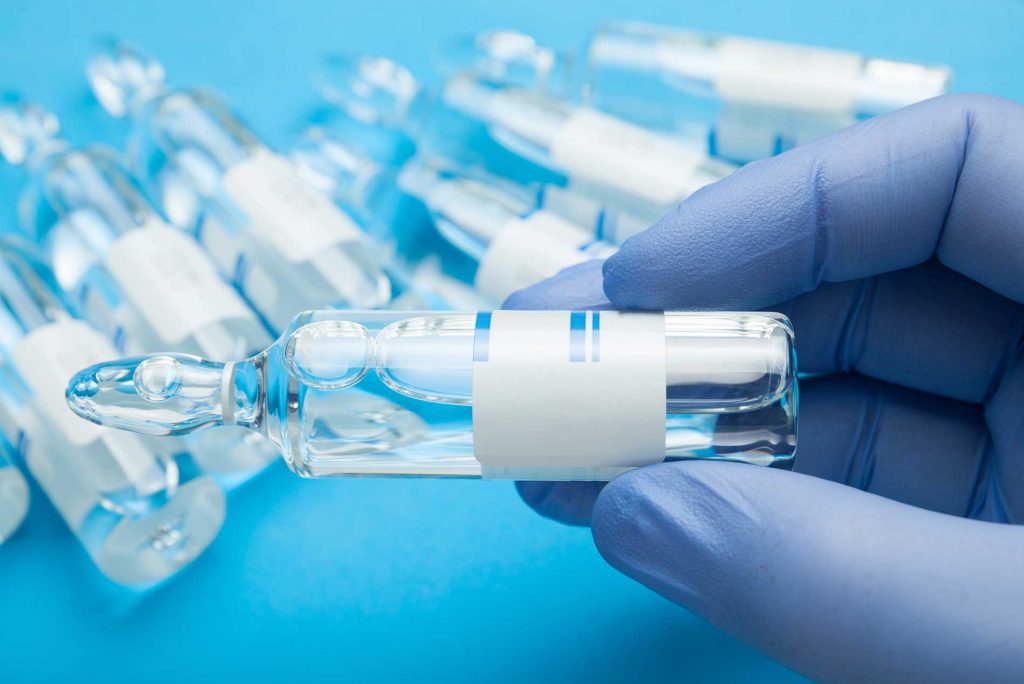True face of steroid injections for osteoarthritis

Osteoarthritis (OA), also called degenerative joint disease, is the most common chronic condition of the joints. Since the disease is degenerative, it is the single most common cause of disability among older adults, with about 10 to 15 percent of all adults who are more than 60 years old have some degree of osteoarthritis, with more women affected than men. Among Africans, the hip and knee joints are mostly affected.
The condition happens when the cartilage, which works by providing cushion at the ends of the bones in the joints, wears away and breaks down. As a result, the bones rub against each other, causing severe pain and swelling.
The most common signs and symptoms of osteoarthritis include pain, decreased range of motion, decreased flexibility, swelling, and stiffness. The common risk factors include obesity, old age, and family history.
Treatment of osteoarthritis focuses on increasing physical activity, muscle strengthening exercises, taking pain killers and anti-inflammatory medicines, supportive devices, and surgery.
Currently, osteoarthritis is treated with lifestyle changes, physiotherapy, medications (including steroid injections) and surgery especially for severe cases. However, a new study by researchers at Boston University School of Medicine found that steroid injections in the hips and knees of patients with osteoarthritis are more dangerous than previously thought.
Potential risks of steroid injections into joints
They discovered that accelerated arthritis and joint damage could be one complication and unintended result of corticosteroid injections.
Steroid injections may lead to joint collapse and may speed up the need for total hip or knee replacement. Usually, corticosteroids are used to stem inflammation in arthritis, and they’re usually injected into the joints to relieve pain and swelling.
The study, which was published in the journal Radiology, reveals how corticosteroids, though it can relieve pain and inflammation, is tied to complications that can potentially hasten the destruction of the joint.
“We are now seeing these injections can be very harmful to the joints with serious complications such as osteonecrosis, subchondral insufficiency fracture and rapid progressive osteoarthritis,” Dr. Ali Guermazi, chief of radiology at VA Boston Healthcare System and professor of radiology at BUSM, said.
“Intra-articular corticosteroid injection should be seriously discussed for pros and cons. Critical considerations about the complications should be part of the patient consent, which is currently not the case right now,” he added.
The study authors reviewed existing literature on the complications of steroid injections. They have determined four main adverse effects of the treatment, namely rapid joint destruction with bone loss, complications from osteonecrosis or bone tissue death, subchondral insufficiency fractures like stress fractures, and accelerated osteoarthritis progression with loss of the joint space.
Written by Angela Betsaida B. Laguipo, BSN

Thank you for your sharing. I am worried that I lack creative ideas. It is your article that makes me full of hope. Thank you. But, I have a question, can you help me?
Sure, we are here to help you!